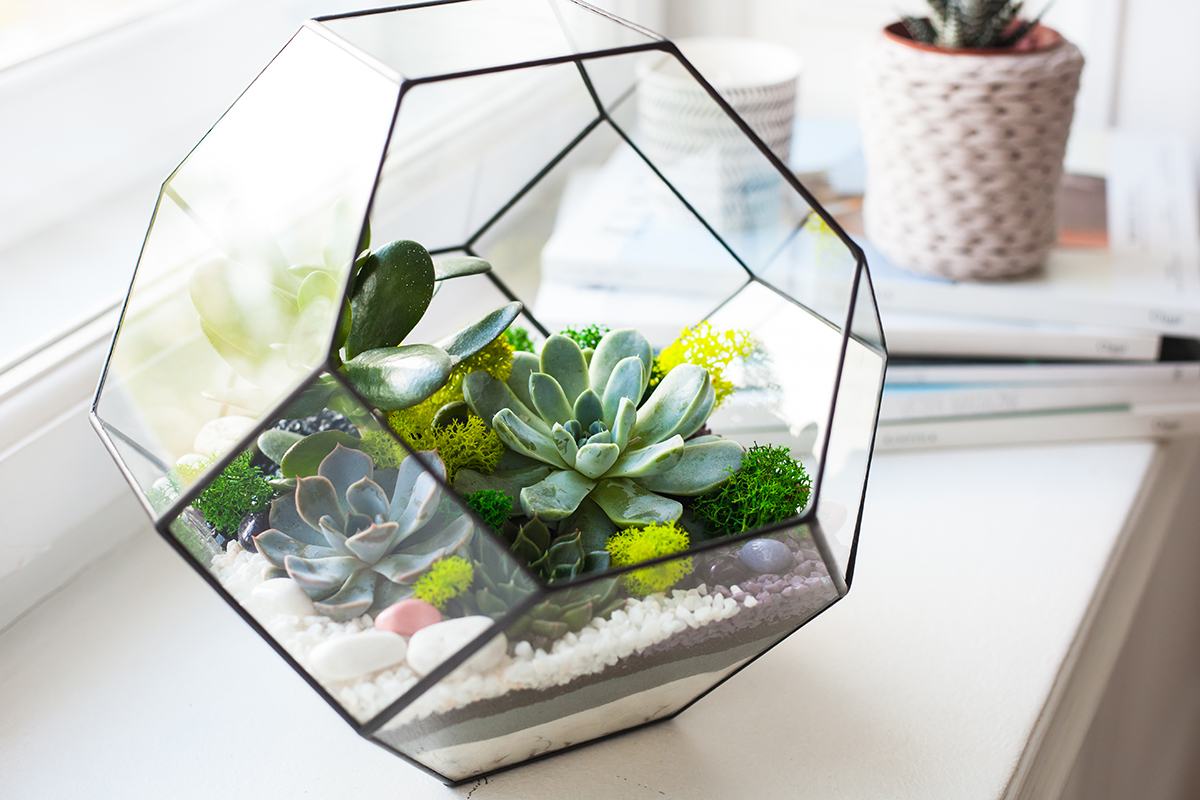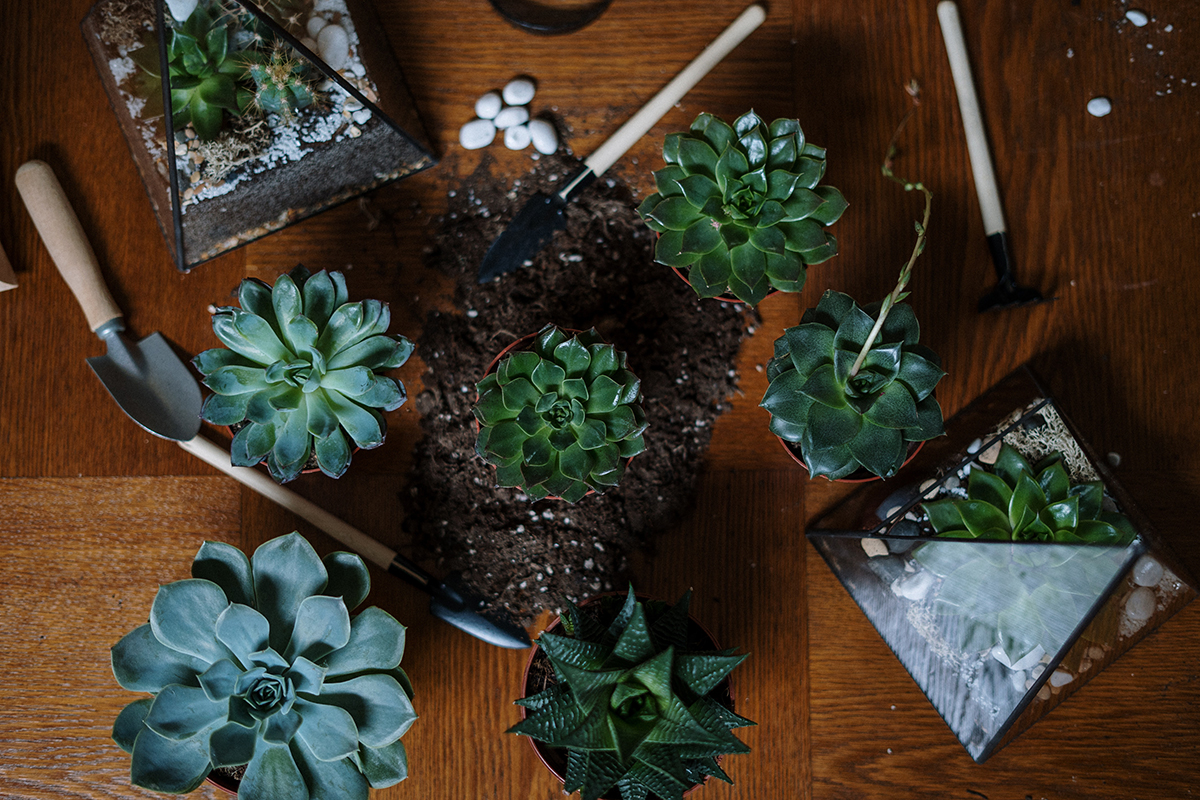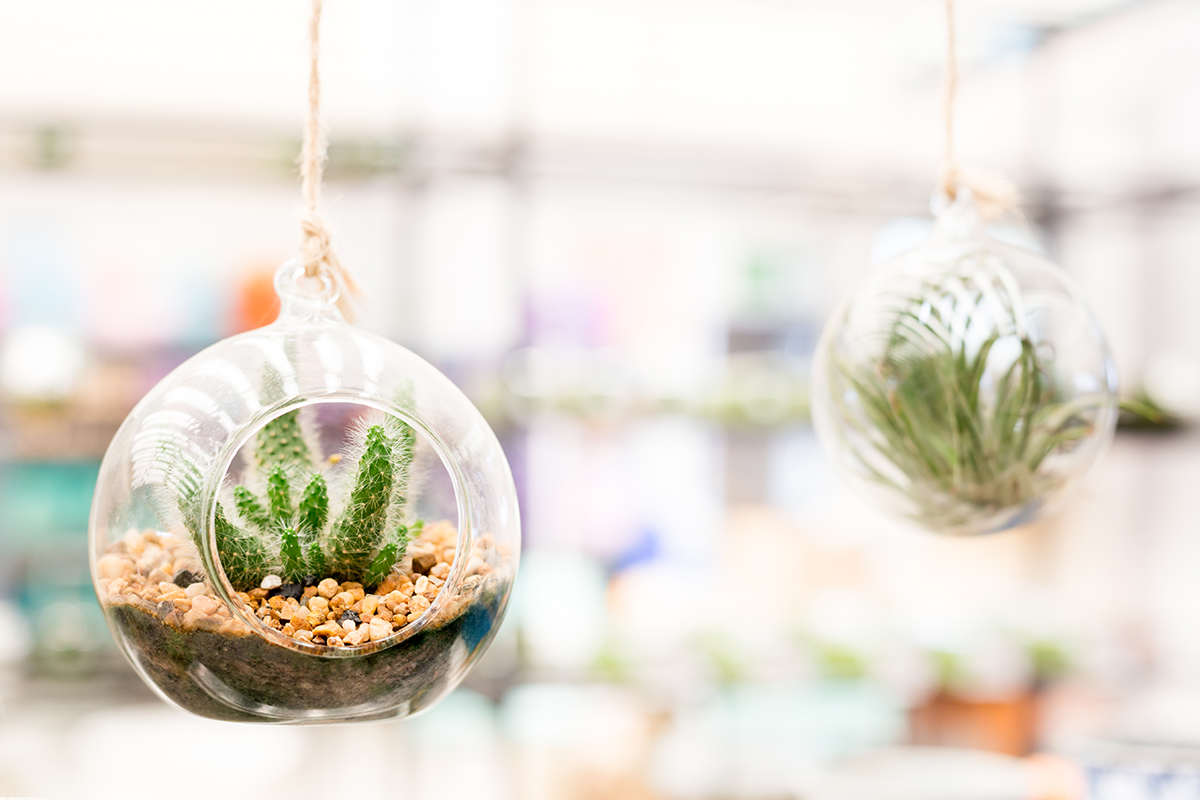Snakes are fascinating and unique pets that can make a great addition to your home. However, it’s important to create the right environment for your snake to ensure that they are healthy and happy. One way to do this is by setting up a snake terrarium, also known as a vivarium. In this guide, we will walk you through the steps to create the perfect snake terrarium, from choosing the right enclosure to selecting the appropriate substrate and decorations. We will also discuss the specific care needs of different snake species and how to maintain your terrarium over time. By following these steps, you can create a thriving and comfortable home for your snake that meets their specific needs. So, let’s get started!
1. Choose the right enclosure
Choose the right enclosure: The first step in setting up a snake terrarium is choosing the right enclosure. There are many different types of enclosures that you can use, including glass aquariums, plastic terrariums, and custom-built vivariums. When selecting your enclosure, consider the size and species of your snake, as well as the space you have available in your home. It’s important to choose an enclosure that is large enough for your snake to move and stretch out in, with plenty of room for hiding spots and decorations. You should also consider the overall aesthetic of the enclosure and whether it fits in with your home decor.
It’s also important to choose an enclosure that is properly ventilated to prevent the buildup of harmful gases and maintain a healthy environment for your snake. You can achieve this by using an enclosure with a screened top or adding vents to your enclosure. Be sure to follow the specific size recommendations for your snake species to ensure that they have enough space to live comfortably.
2. Select the appropriate substrate
The substrate, or bedding, in a snake terrarium plays an important role in the health and well-being of your snake. It should be comfortable, easy to clean, and non-toxic. There are many different types of substrates that you can use, including aspen shavings, cypress mulch, and coconut coir. You should choose a substrate that is appropriate for your snake species and their specific care needs. For example, some snakes, such as pythons, need a substrate that is more absorbent to help regulate their humidity needs.
When selecting your substrate, be sure to avoid using materials that are dusty or abrasive, as they can cause respiratory problems or skin irritation in your snake. You should also avoid using materials that are prone to mold or bacteria growth, as this can lead to health issues for your snake. It’s also a good idea to sterilize your substrate before adding it to your terrarium to prevent the spread of disease. To sterilize your substrate, you can bake it in the oven at a low temperature for a few hours or microwave it for a few minutes. This will help ensure that your substrate is clean and ready for your snake to live in.
3. Add decorations and hiding spots
Add decorations and hiding spots: Decorations and hiding spots are an important aspect of a snake terrarium, as they provide your snake with a naturalistic environment to live in and help them feel secure. You can add decorations such as rocks, branches, and artificial plants to create a visually appealing and stimulating environment for your snake. You can also consider using hiding spots, such as logs or hide boxes, to provide your snake with a sense of security and a place to retreat to when they feel threatened or stressed.
When selecting decorations and hiding spots, consider the size and species of your snake and make sure they are safe and non-toxic. You should also consider the overall aesthetic of your terrarium and choose decorations that complement the enclosure and substrate. You can mix and match different types of decorations to create a unique and eye-catching terrarium. Just be sure to avoid overcrowding your terrarium, as this can hinder the movement of your snake and make it difficult to properly care for them.
4. Provide the right lighting and temperature
Provide the right lighting and temperature: Lighting and temperature are important factors to consider when setting up a snake terrarium. Different snake species have specific lighting and temperature requirements, so it’s important to research the needs of your specific snake and provide the appropriate conditions. In general, snakes need a basking area with a heat source, such as a heat lamp or ceramic heater, and a cooler area where they can retreat to. You should also provide your snake with a full spectrum UVB light to help them synthesize vitamin D and maintain proper calcium metabolism.
To maintain the appropriate temperature and lighting conditions in your terrarium, you can use a thermostat and timer to control the heat source and a UVB light. You should monitor the temperature and lighting conditions in your terrarium regularly and make adjustments as needed to ensure that your snake is comfortable and healthy. It’s also a good idea to provide your snake with a hiding spot or other retreat where they can regulate their own body temperature. By providing the right lighting and temperature conditions, you can create a comfortable and healthy environment for your snake to live in.
5. Feed your snake a healthy diet
Feed your snake a healthy diet: Feeding your snake a healthy diet is an important aspect of their care. Snakes are carnivorous and need a diet high in protein, with appropriate amounts of fat and other nutrients. The specific dietary needs of your snake will depend on their size, species, and age. In general, snakes should be fed appropriately sized prey items, such as mice, rats, or other small rodents. It’s important to choose prey items that are appropriately sized for your snake, as feeding them prey that is too large can lead to health problems.
You should also consider the nutritional needs of your snake and choose prey items that are rich in the nutrients they require. For example, some snakes, such as corn snakes, need a diet that is high in calcium to support their growth and development. It’s also a good idea to provide your snake with a source of clean, fresh water at all times and to monitor their food intake and weight to ensure that they are getting the right amount of nutrients. By feeding your snake a healthy diet, you can help them thrive and live a long, healthy life.
6. Maintain and clean your terrarium
- Maintain and clean your terrarium: Maintaining and cleaning your snake terrarium is an important aspect of their care. It’s important to keep the enclosure clean and free of debris to prevent the spread of disease and ensure that your snake has a healthy environment to live in. To maintain your terrarium, you should spot clean the enclosure daily by removing any uneaten prey, feces, and other debris. You should also perform a full cleaning of the enclosure at least once a week, using a reptile-safe disinfectant and water. Be sure to rinse the enclosure thoroughly and allow it to dry completely before adding your snake back in.
It’s also important to monitor the overall health of your snake and address any issues that arise, such as pests or disease. You should consult with a veterinarian or other reptile care expert if you have any concerns about the health of your snake. By maintaining and cleaning your terrarium regularly, you can help ensure that your snake is living in a healthy and comfortable environment.
7. Consider the specific needs of your snake species
Consider the specific needs of your snake species: Different snake species have specific care needs that you should consider when setting up a terrarium. It’s important to research the specific needs of your snake species and provide the appropriate environment and care. For example, some snake species, such as pythons, need a humid environment to thrive, while others, such as corn snakes, need a drier environment. Some snake species also have specific dietary needs, such as the need for a high calcium diet or the need for live prey.
By considering the specific needs of your snake species, you can create a terrarium that meets their specific care requirements and helps them thrive. It’s also a good idea to consult with a veterinarian or other reptile care expert if you have any questions or concerns about the care of your snake. By providing the appropriate care for your snake species, you can help them live a long and healthy life.
8. Troubleshooting common issues
Troubleshooting common issues: While snake terrariums are generally easy to care for, there are a few common issues that you may encounter. One common issue is improper temperature and lighting, which can lead to health problems for your snake. To prevent this issue, make sure to provide your snake with the appropriate lighting and temperature conditions and use a thermostat and timer to control the heat source and UVB light. You should also monitor the temperature and lighting conditions in your terrarium regularly and make adjustments as needed.
Another common issue is improper diet and nutrition. To prevent this issue, make sure to feed your snake a healthy diet that is appropriate for their size, species, and age. You should choose prey items that are appropriately sized for your snake and provide them with a source of clean, fresh water at all times. You should also monitor your snake’s food intake and weight to ensure that they are getting the right amount of nutrients.
If you encounter any issues with your snake terrarium, be sure to seek advice from a veterinarian or other reptile care expert. By troubleshooting common issues and providing the appropriate care, you can help ensure that your snake is healthy and happy.




